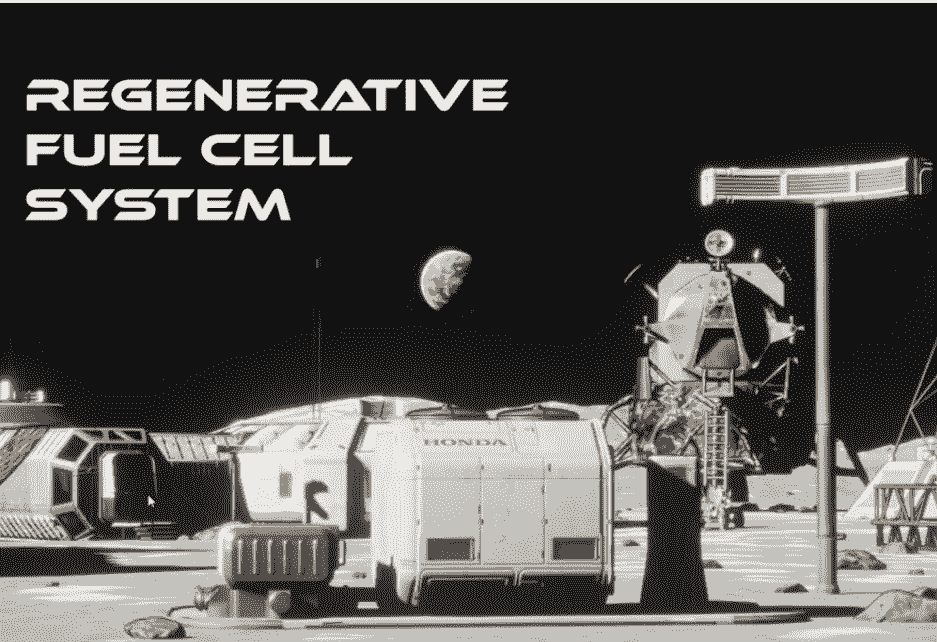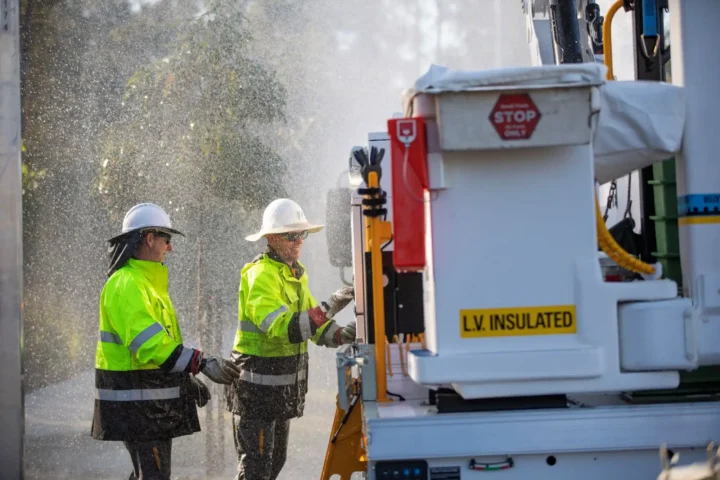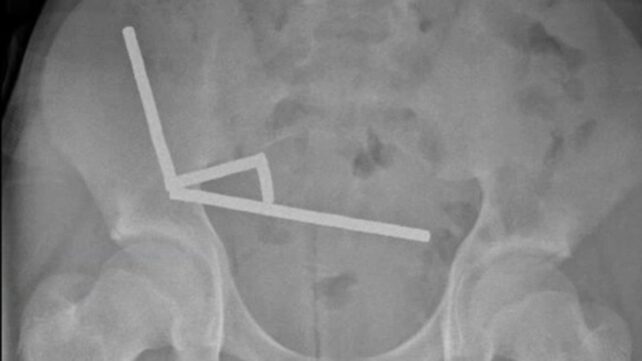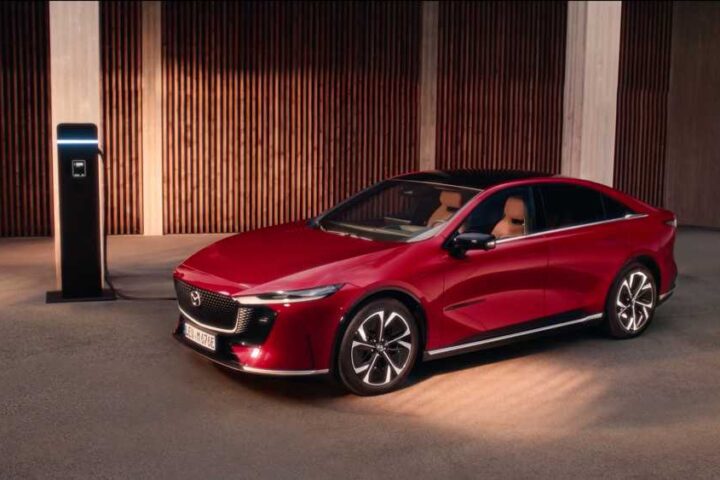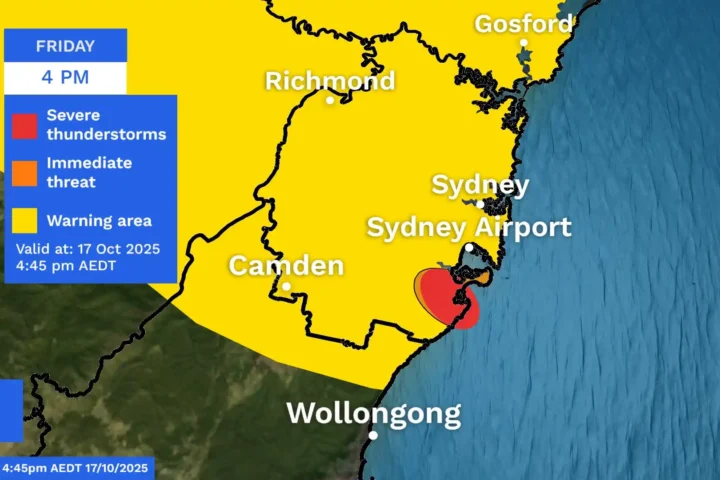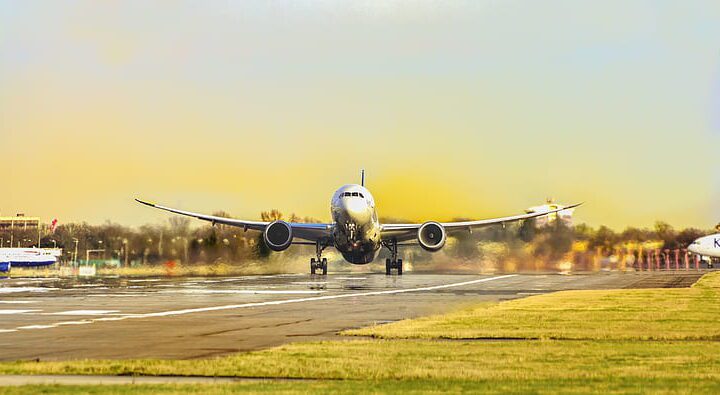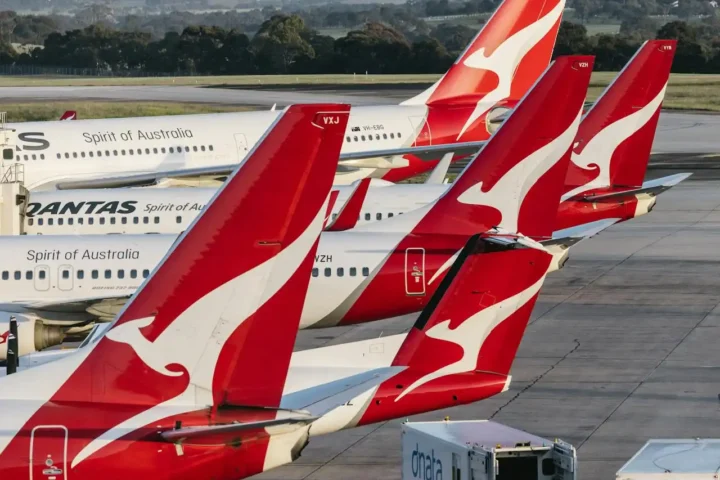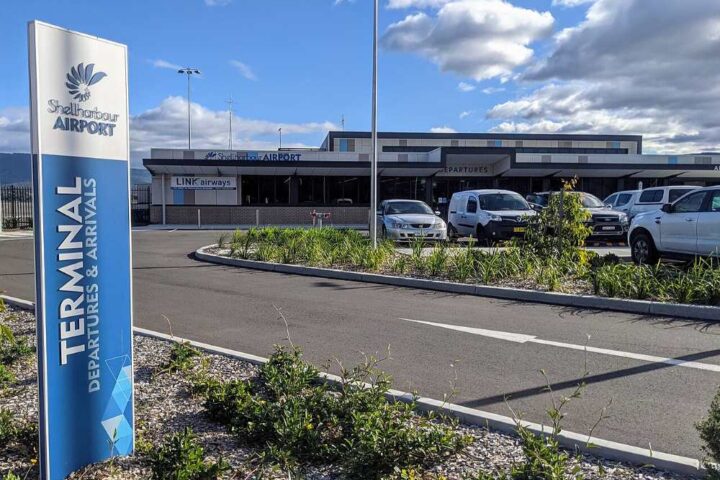On May 6, 2025 TPG Telecom sent text messages including “Happy Easter!” from the Northern Tablelands near Nowendoc National Park, NSW, through Lynk Global’s low-Earth orbit satellites . The messages reached unmodified Apple iPhone, Samsung Galaxy, and Google Pixel smartphones, according to TPG’s technical trial report.
“The landmark achievement represents a stepping stone to near 100% mobile coverage in Australia,” TPG CTO Giovanni Chiarelli stated in the company’s official announcement.
Technical Framework
The system operates on IMT frequency bands authorized by ACMA:
- 700 MHz
- 800 MHz
- 850/900 MHz
- 2.5 GHz
3GPP Release 17 specifications enable:
- NR access via satellites in sub-6 GHz (FR1) bands
- Specific RF requirements under TS 38.863
- Doppler shift compensation algorithms
- AES-based encryption protocols for security
Release 18 expands capabilities with:
- NTN-IoT optimizations
- FR2 support (17.3–30 GHz)
- Enhanced timing synchronization
- Extended use cases for aircraft and vessels
Coverage Reality
Australian government data confirms:
- Mobile networks reach 99% of the population
- Rural areas continue using UHF radios and satellite phones for emergencies
- The Telecommunications Industry Ombudsman logged 182,000 service complaints between July 2023 and June 2024
Similar Posts
Orbital Operations
Lynk Global’s system includes:
- 50+ operational satellites in low-Earth orbit (160–2,000 km altitude)
- NASA CARA-coordinated collision avoidance protocols
- End-of-life disposal at 120–125 km altitude
- Variable-drag technology for controlled atmospheric reentry
For more on sustainable practice in orbit, see ESA’s Waste to Orbit Project.
Regulatory Framework
The FCC’s March 30, 2024 “Supplemental Coverage from Space” Report and Order established:
- Spectrum-sharing frameworks
- Out-of-band emission limits
- Power flux density requirements
- Amendments to 47 CFR § 2.106 for satellite-terrestrial sharing
Device Integration
Recent developments include:
- GSMA Satellite Device Certification requirements under TS 38.101-5
- iOS 18.3 compatibility with direct-to-cell services
- Standard handset RF compliance testing
- Unmodified smartphone support
Environmental Management
Space sustainability measures include:
- ESA Zero Debris Charter guidelines
- Coordinated collision avoidance systems
- Controlled satellite deorbiting protocols
- Debris-reduction practices
Rural Impact

For remote communities, verified capabilities include:
- Emergency services connectivity
- Standard smartphone compatibility
- No specialized equipment requirements
- Integration with existing mobile networks
The technology requires ongoing work in spectrum allocation, emergency services integration, and network capacity optimization. TPG’s successful test demonstrates functional direct satellite-to-phone communication while adhering to international space sustainability standards.

